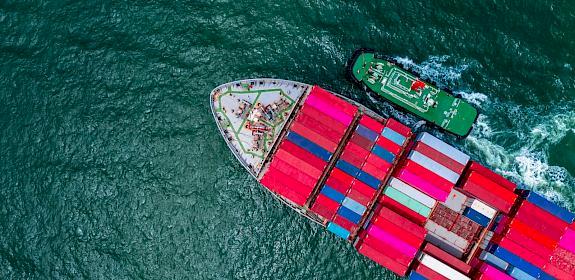Website on EU wildlife trade now available in 20 languages
Brussels, Belgium, 2 June 2007—www.eu-wildlifetrade.org, the first website providing information on wildlife trade controls in the European Union (EU) has been updated and expanded by TRAFFIC
 Since its launch in 2003, thousands of people world-wide have visited www.eu-wildlifetrade.org to find about wildlife trade requirements in the EU. The site provides up-to-date, tailor-made information for traders, consumers and travellers on various aspects of wildlife trade into, from or within the EU.
Since its launch in 2003, thousands of people world-wide have visited www.eu-wildlifetrade.org to find about wildlife trade requirements in the EU. The site provides up-to-date, tailor-made information for traders, consumers and travellers on various aspects of wildlife trade into, from or within the EU.
New features on the updated site include a list of Frequently Asked Questions and information on caviar labeling requirements, plus the information is now all available in the official languages of the 10 Member States that joined the EU in May 2004.
Millions of live animals and plants are imported into the European Union every year, including parrots from South America, caviar from the Caspian Sea, reptiles from Africa and orchids from Southeast Asia. A huge variety of wildlife products including shoes or bags made of reptile skin, timber products such as furniture and dried plants used in medicines are in high demand by EU consumers. This trade is regulated globally by CITES (the Convention on International Trade in Endangered Species of Wild Fauna and Flora) which is implemented in the EU through the European Community (EC) Wildlife Trade Regulations and national laws.
www.eu-wildlifetrade.org is a comprehensive source of information on EU Wildlife Trade Regulations, informing people what documents are required if trading in wildlife or bringing home wildlife souvenirs, to help ensure that wildlife trade is conducted legally.
Notes:
* The website is an initiative of and financed by the European Commission. The site was developed and is managed by TRAFFIC Europe with support from the CITES Management Authorities of all EU Member States.
* TRAFFIC Europe is a regional programme of TRAFFIC, the wildlife trade monitoring network, which works to ensure that trade in wild plants and animals is not a threat to the conservation of nature. TRAFFIC is a joint programme of IUCN - The World Conservation Union and WWF.
* CITES (the Convention on International Trade in Endangered Species of Wild Fauna and Flora) regulates international trade in more than 30 000 species of wild animals and plants.
* Council Regulation (EC) No. 338/97 and Commission Regulation (EC) No. 865/2006 regulate wildlife trade in the EU (http://ec.europa.eu/environment/cites/legislation_en.htm). These regulations fully implement CITES in the 27 EU Member States and even go beyond CITES provisions.




